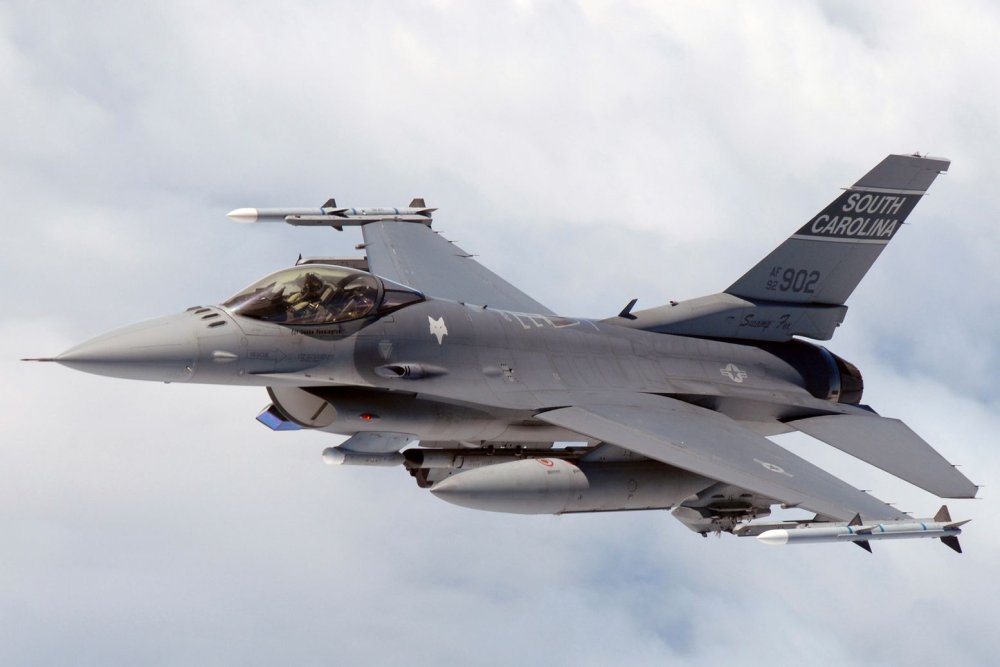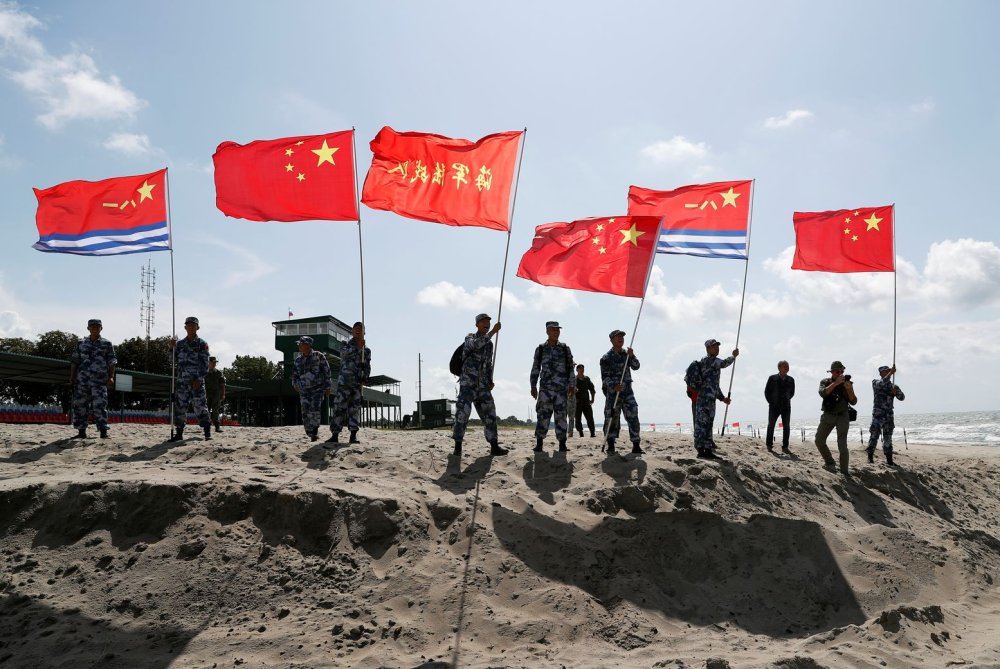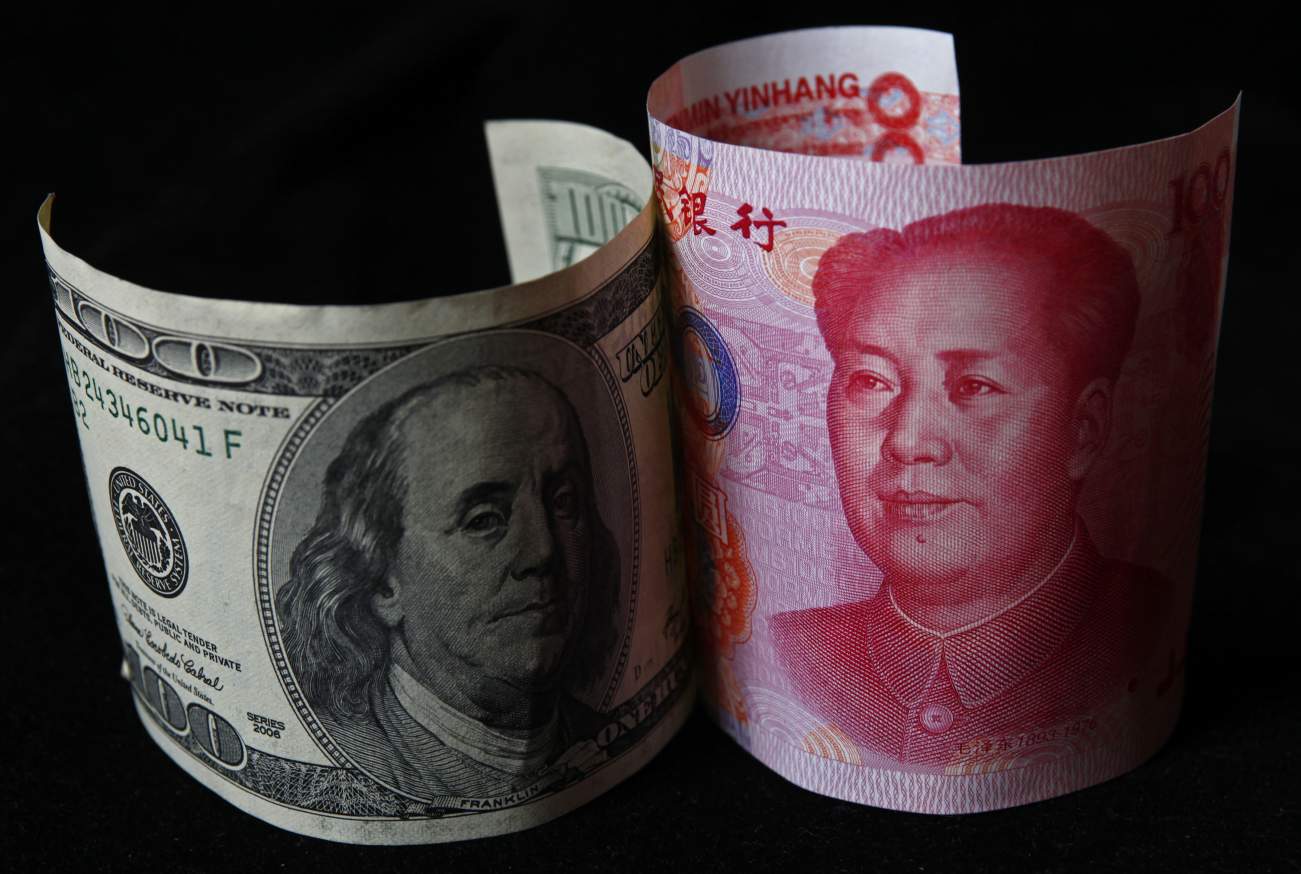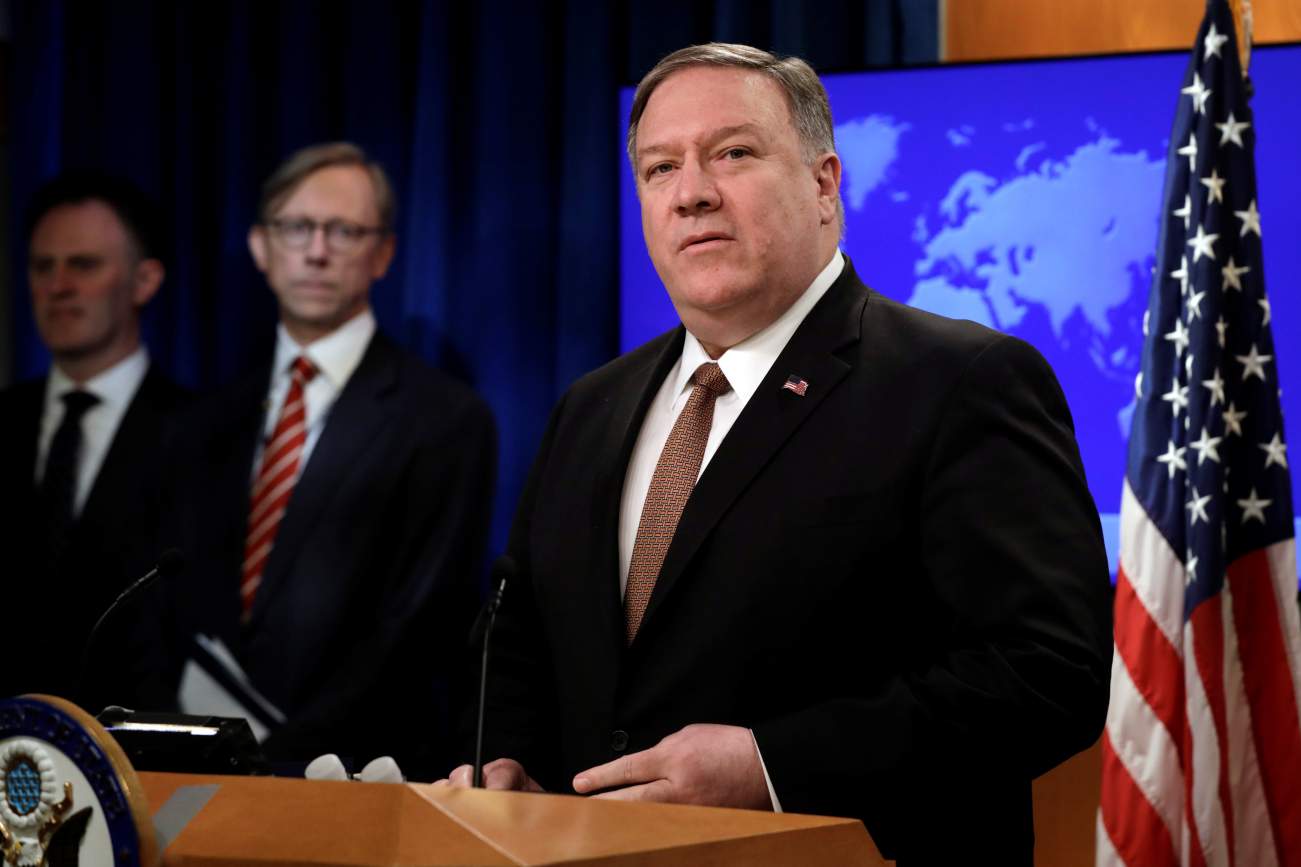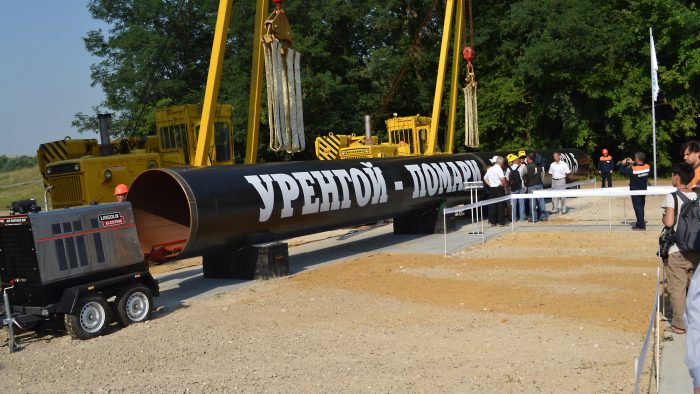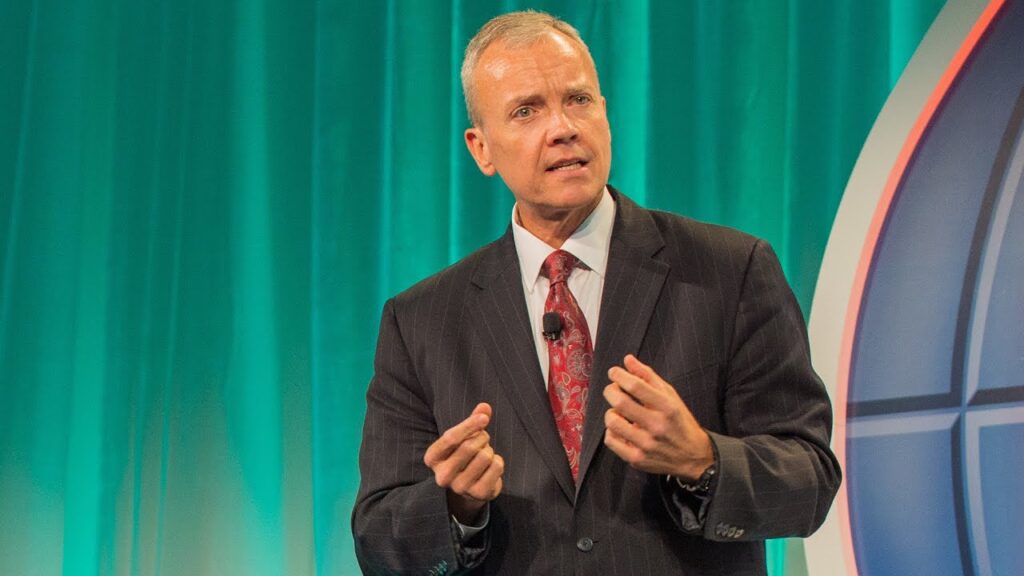by Dimitri Alexander Simes
 During Indian prime minister Narendra Modi’s visit to Vladivostok for the annual Eastern Economic Forum earlier this week, Moscow and New Delhi signed fifteen agreements on areas ranging from defense to energy. The Indian leader also pledged $1 billion in credit to the Russian Far East, a region in which the Kremlin has long sought to spur economic growth.
During Indian prime minister Narendra Modi’s visit to Vladivostok for the annual Eastern Economic Forum earlier this week, Moscow and New Delhi signed fifteen agreements on areas ranging from defense to energy. The Indian leader also pledged $1 billion in credit to the Russian Far East, a region in which the Kremlin has long sought to spur economic growth.
Although Modi was the forum’s chief guest this year, China was on the minds of many Western journalists observing the event. Unsurprisingly so. Chinese president Xi Jinping was the star of last year’s event and the convergence between Moscow and Beijing is one of the biggest geopolitical stories of this decade. With Russia moving ever closer to China, can Moscow manage to maintain its historically friendly ties with one of Beijing’s prospective regional rivals?
With Modi in attendance, the Eastern Economic Forum celebrated its fourth anniversary. The event was inaugurated near the start of Russia’s economic pivot eastward, when the Kremlin turned to Asia, especially China, for trade and investment after finding itself increasingly shunned by the West over its actions in Ukraine. Acquiring the funds to promote economic activity in Russia’s long underdeveloped Far Eastern regions was among Moscow’s top priorities.





